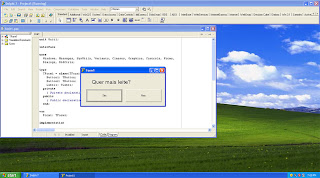To see the installed versions:
$ python2.7 -c 'import sqlite3; print "lib version:", sqlite3.version, "| SQLite version:", sqlite3.sqlite_version'
lib version: 2.6.0 | SQLite version: 3.3.6
To test FTS support you can run this on the command line:
$ python2.7 -c 'import sqlite3; db = sqlite3.connect(":memory:"); db.execute("create virtual table test using fts4()"); print db.execute("select count(*) from test").fetchone()[0]'
Traceback (most recent call last):
File "", line 1, in
sqlite3.OperationalError: near "virtual": syntax error
It should print "0", and give no error.
After talking with WebFaction's support team (these guys are great!), they recommend installing pysqlite2 from source. That is the project from where the standard sqlite3 is taken with 1 minor modification that we will reproduce soon.
The steps to get your sqlite3 upgraded:
1. Download and extract the pysqlite2 sources:
$ wget http://pysqlite.googlecode.com/files/pysqlite-2.6.3.tar.gz
$ tar xf pysqlite-2.6.3.tar.gz
2. Build using the most recent version of SQLite:
$ cd pysqlite-2.6.3
$ python2.7 setup.py build_staticNote: do not use "setup.py build", use "build_static" instead. It will download the newest version of SQLite and link against it. (Learned from this question on StackOverflow)
3. Install to your home directory:
$ mkdir -p $HOME/lib/python2.7
$ PYTHONPATH=$HOME/lib/python2.7 python2.7 setup.py install --home=$HOME
4. (optional) Override the standard sqlite3 module:
$ echo "from dbapi2 import *" >> $HOME/lib/python2.7/pysqlite2/__init__.py
$ ln -s $HOME/lib/python2.7/{pysqlite2,sqlite3}
This will let your application work without having to change your code (to update import lines).
We should be done by now:
$ python2.7 -c 'import sqlite3; print "lib version:", sqlite3.version, "| SQLite version:", sqlite3.sqlite_version'
lib version: 2.6.3 | SQLite version: 3.7.13
$ python2.7 -c 'import sqlite3; db = sqlite3.connect(":memory:"); db.execute("create virtual table test using fts4()"); print db.execute("select count(*) from test").fetchone()[0]'
0
